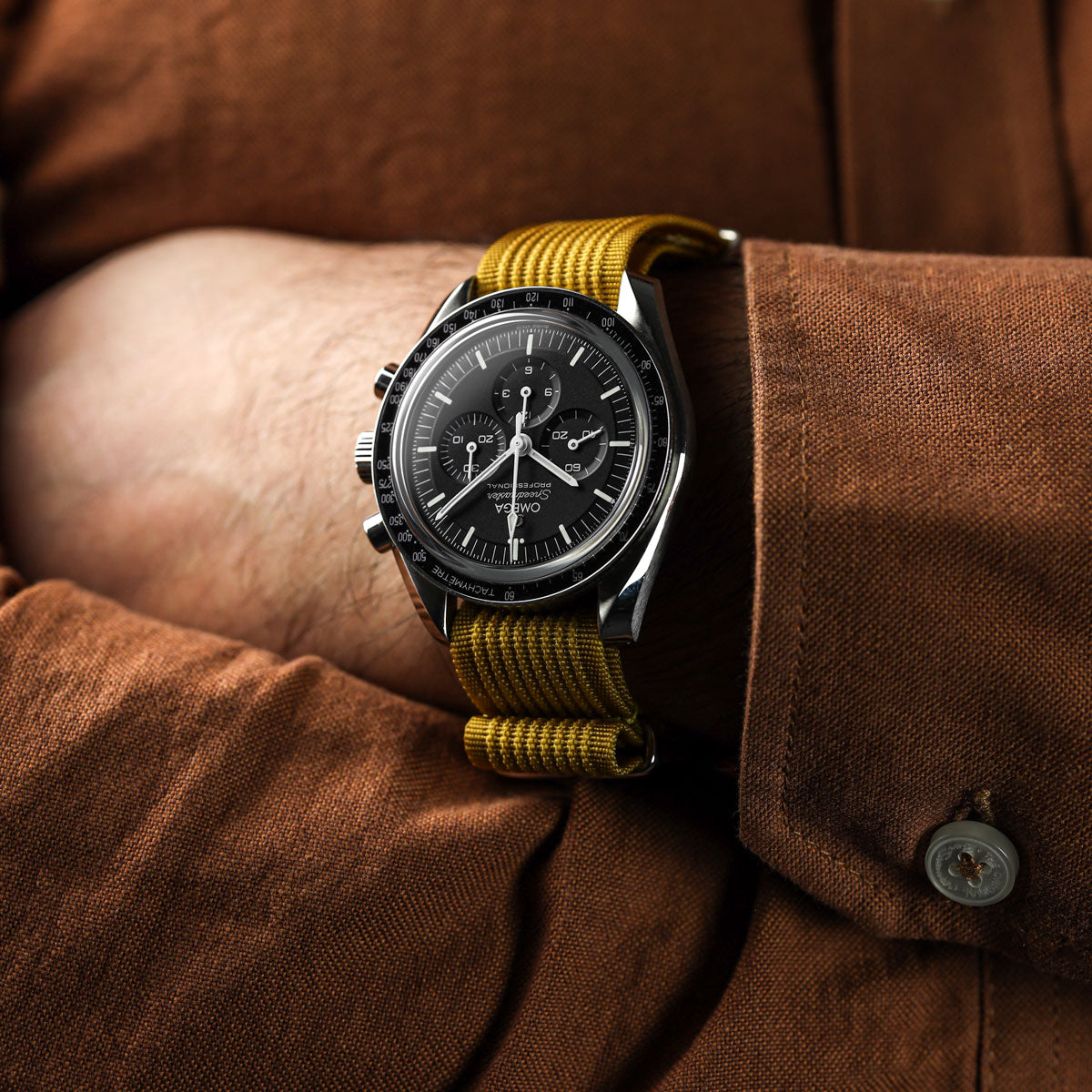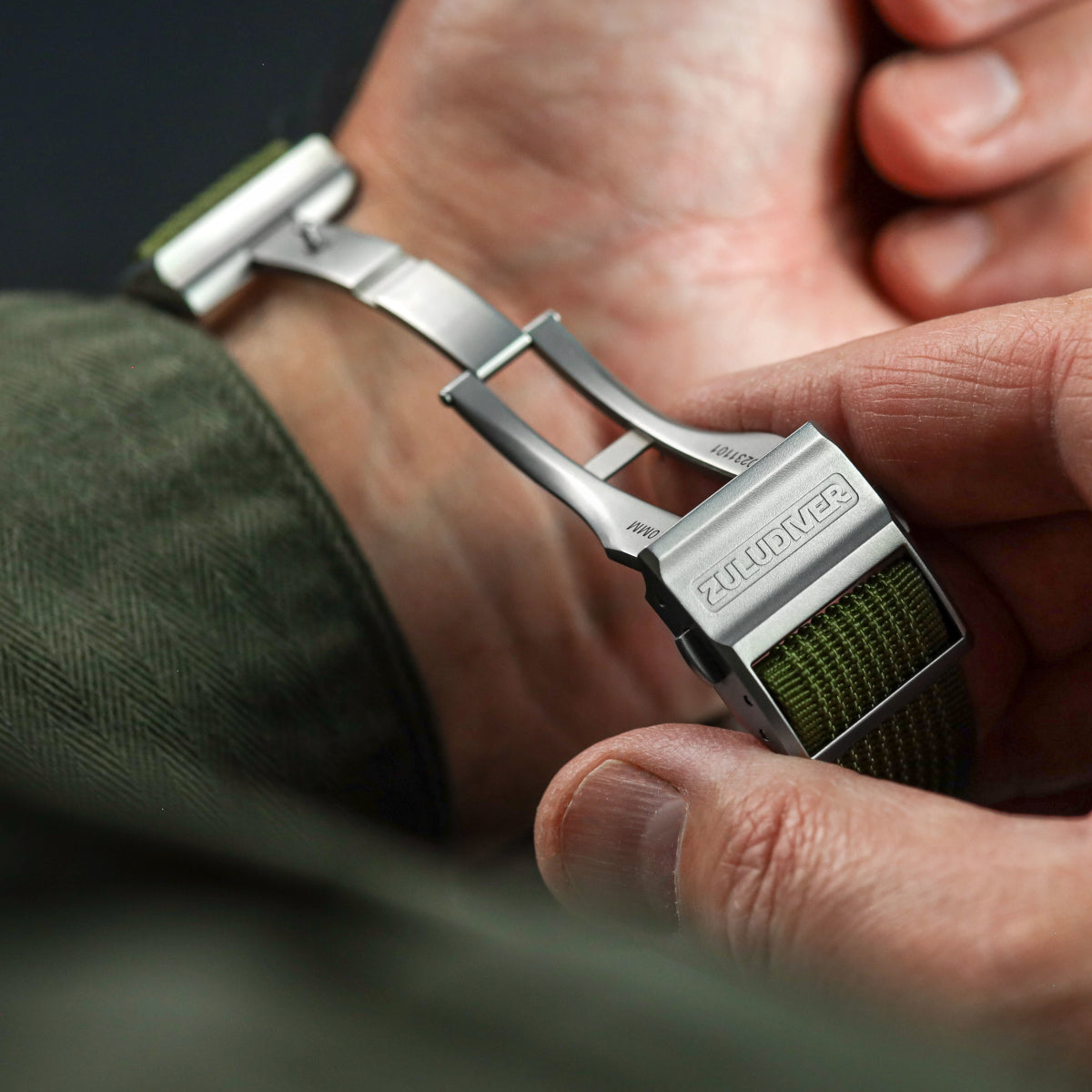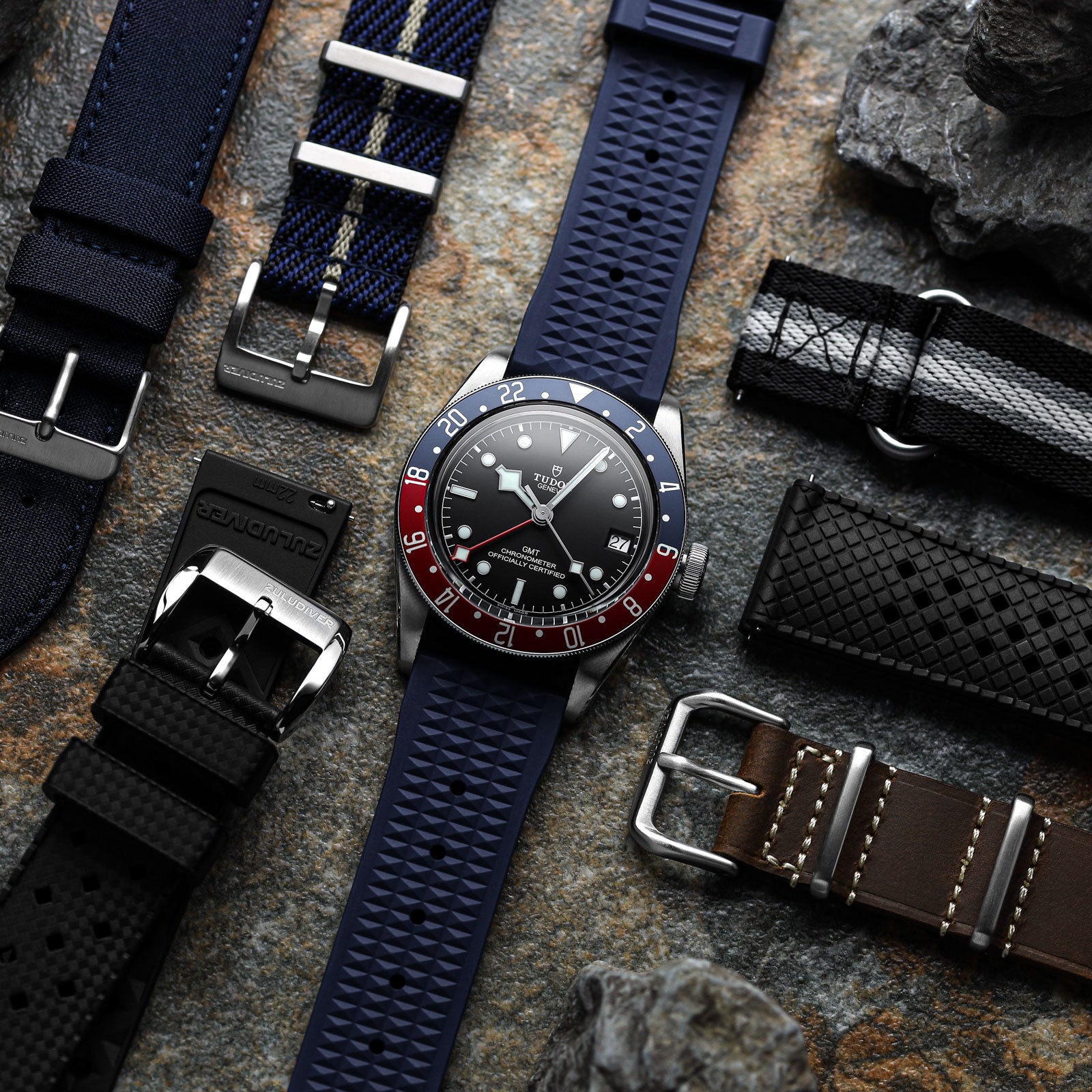Your Cart is Empty

Winter Mountaineering on Tryfan in North Wales
January 28, 2021
The recent snowy conditions across the UK has brought a smile to many people. However, the first ascent of K2 mountain in winter conditions last week has shook the mountaineering world.
It was the only challenge left in the history books and it was an inspiration for writing the next blog about some winter mountaineering on Tryfan.
It was a quick one day escape to the wonderful mountains of Snowdonia National Park in North Wales. A great friend of mine Richard did not think twice, packed his winter gear and met me in the Ogwen Valley. A decision we made at 2300 the night before, classic.

Right after the 2.0 lock-down, it was like releasing hungry dogs of the leash or perhaps more like kids who haven’t been in the playground for a while.
Interesting points about Tryfan
Without a doubt, Tryfan is one of the most well-known peaks in North Wales and is quite popular for people doing their first classic grade one scrambling route (the north ridge).
It is an entertaining mountain for people with a head for heights, accessible from all directions and ranging in all difficulties. Including some top quality grade two and three scrambling routes and even some multi-pitch climbing.

Sitting at 918m, Tryfan has a very gruelling and particularly dangerous downhill race. According to my research, Mike Blake is the holder of the record, from Adam and Eve down to the A5 in 8minutes, simply extraordinary. I’ve been up Tryfan at least five times and I still cannot believe it.
Talking about Adam and Eve, they are the twin monoliths (rocks) situated at the summit, signifying the highest point on the mountain. Roughly three meters high and one meter apart, it is a jump that many people would like to do but equally many will avoid due to the consequences.
Why Tryfan?
Both me and Richard love winter scrambling, we wanted to do a route that was spicy enough but not too technical.
We were looking for the ideal balance between safe winter scrambling (appropriate for us), something we could just enjoy and not have to worry about the technicalities of roping up, placing protection etc.

Although, crampons and helmets were certainly required for most of the sections. It can easily be a very dangerous environment, never underestimating the mountains and always being prepared is the key to safe adventures.
We have considered Crib Goch as an alternative, although it is the same grade, it would most likely require some roping up and placing gear and it would have taken us much longer. The North ridge of Tryfan was ideal for our objectives.

How did I and how can you get involved in winter mountaineering?
I was fortunate to be surrounded by some very experienced and qualified instructors on my degree in Outdoor Education. There was a yearly trip to Scotland-Cairngorms for some winter mountaineering and I signed up.
On courses alike, most equipment can be provided, they are tailored to your needs and most courses don’t require experience, although you must be fit and healthy.
Mountain Training providers deliver excellent courses but the national centres Plas-y-Brenin and Glenmore Lodge tend to be the most popular.
The difference between summer and winter walking
The difference between sweaty armpits and freezing toes, we wish it was that simple.
As briefly mentioned before, there is much more technical equipment that is required. Crampons, axes, helmet, skiing googles, shovel, probe are merely a must, that is just for simple walking. Winter scrambling is another whole world, ropes, slings, wires, hexes, short roping and much more.

But where it really really gets serious, is when you need to consider the risks of avalanches, cornices, wind slabs etc. that is all very dependent on the weather conditions. Not to mention, having the ability to get yourself out of those tricky situations. Top tip: be in a position where you never rely on the mountain rescue services.
This is all on top of your basic map reading and navigational sills, knowing your surroundings should be your A game. There are many comprehensive books on these subjects. I would recommend reading the ‘Winter Skills’ book by Mountain Training before thinking about anything else.
How good was Tryfan in winter conditions?
It has lived up to its reputation, serious but exciting scrambling, where there is always more than one option for route choice. Its like walking into a candy shop, picking and choosing what you wish for, it cannot get any better.

We have decided to go for a more direct line, mostly through the middle, picking some tricky sections but they were predominantly escapable.
The North Ridge is the sort of route that constantly keeps in on your toes, always looking and thinking, analysing and evaluating every decision. If you don’t, you will get yourself into a pickle. But if you do, you will have a very enjoyable experience.
It is plainly an ideal playground for experienced mountaineers, whether that is in summer or winter conditions.
Did I contemplate the Adam and Eve jump in winter conditions?
Yes, I did and I even stood on top of one of the monoliths. It took me a few moments to decide, not because I was questioning my abilities but because I was trying to find a fine balance between mountain manners and mountain madness.

It was quite icy on top and If I did the jump, that would have been quite reckless, although the temptation was very high.
If something went wrong, my friend Richard would be in a tricky position, the mountain rescue service would not be happy and not to mention the pressure it could put on the NHS.
The benefit simply did not outweigh the risk, being sensible was the key approach. It is a concept we often discuss in Outdoor Education. Many enthusiasts jump the gun too fast and it is a problem that is often overlooked in adventure sports.
The philosophy and values of our approach must be meaningful and ‘getting it right’ is the most critical part. Being patient, one step at a time, effective learning, objectives, decision making, planning and so much more, is the way to go.

Highlights
On our descent down by Llyn Bochlwyd, we were lucky to bump into Katy Whittaker, a world class climber, really genuine and really nice to talk to. A role model for many climbers, we talked about climbing shoes, swimming and the beautiful surroundings, quite a special moment.

On another note, I took the Geckota G-01 timepiece for a walk with me on the day. If I had to describe the watch with one word, I would simply say ‘sharp’. The military nylon straps are a great combination, you can slide the strap around the base of the watch and it will fit any wrist size perfectly. With a bit of adjusting, it will never be too tight or too loose, a true companion for adventuring.
A top day out with Richard, one to definitely remember.
I hope you enjoyed reading, stay safe!





